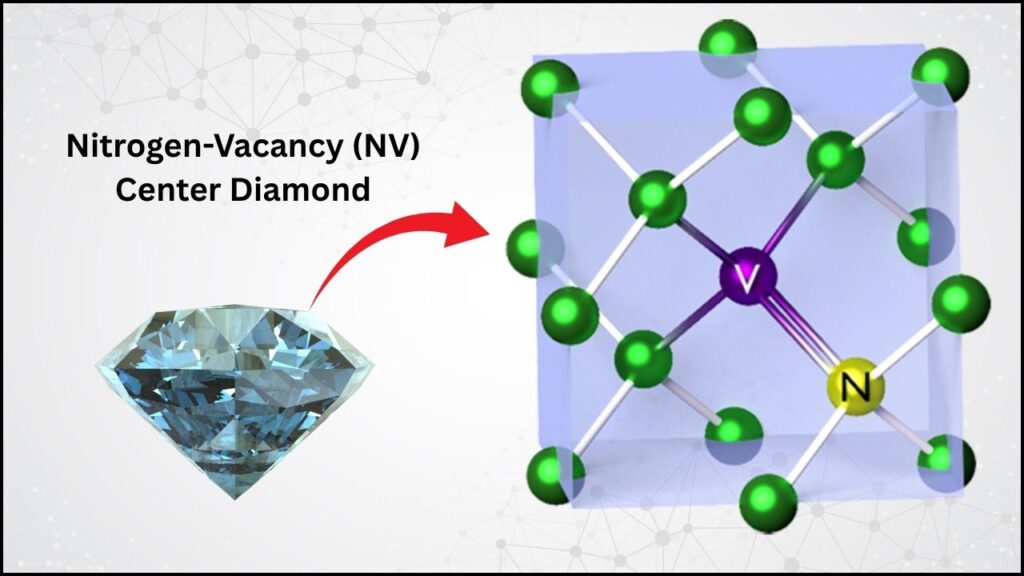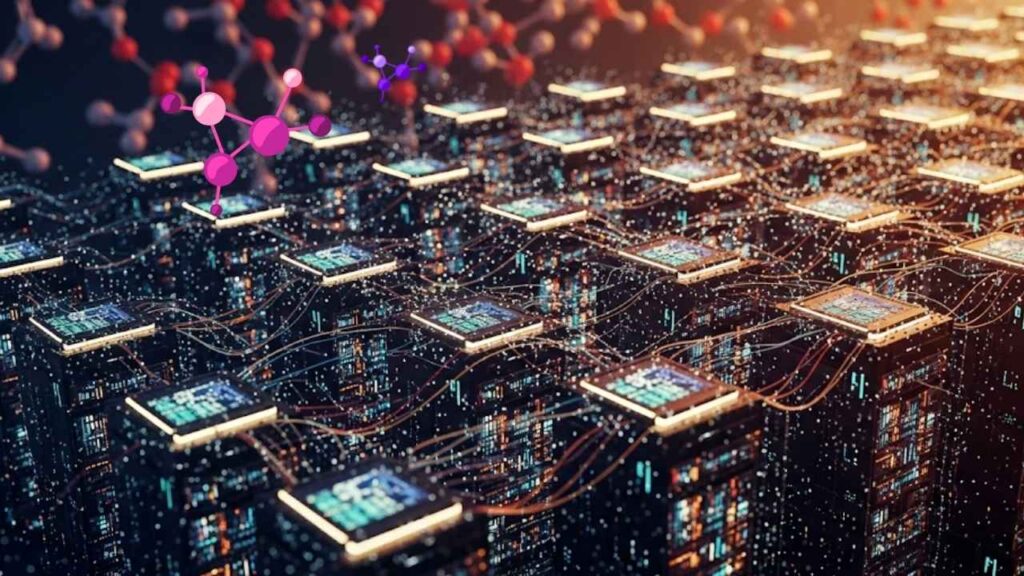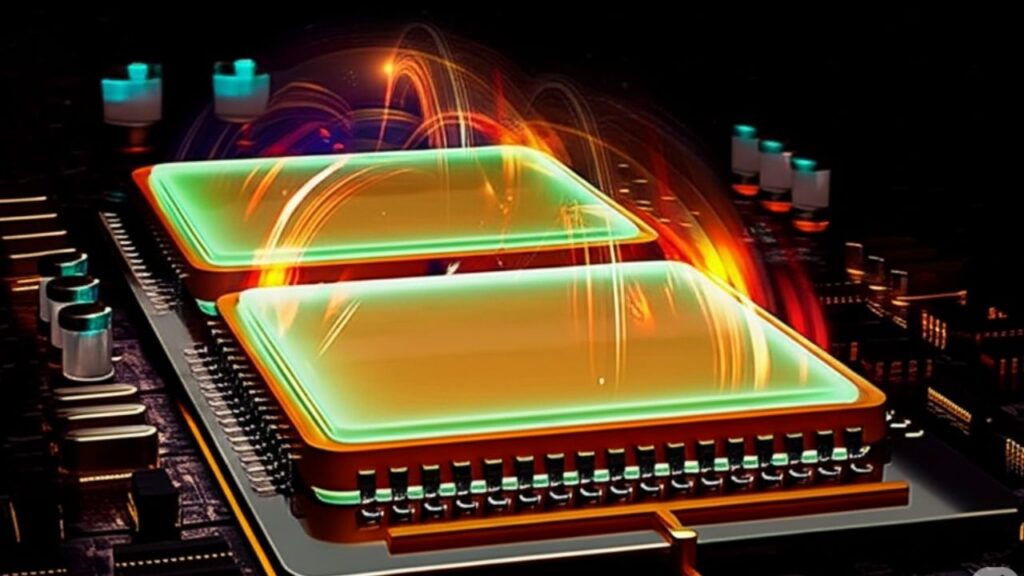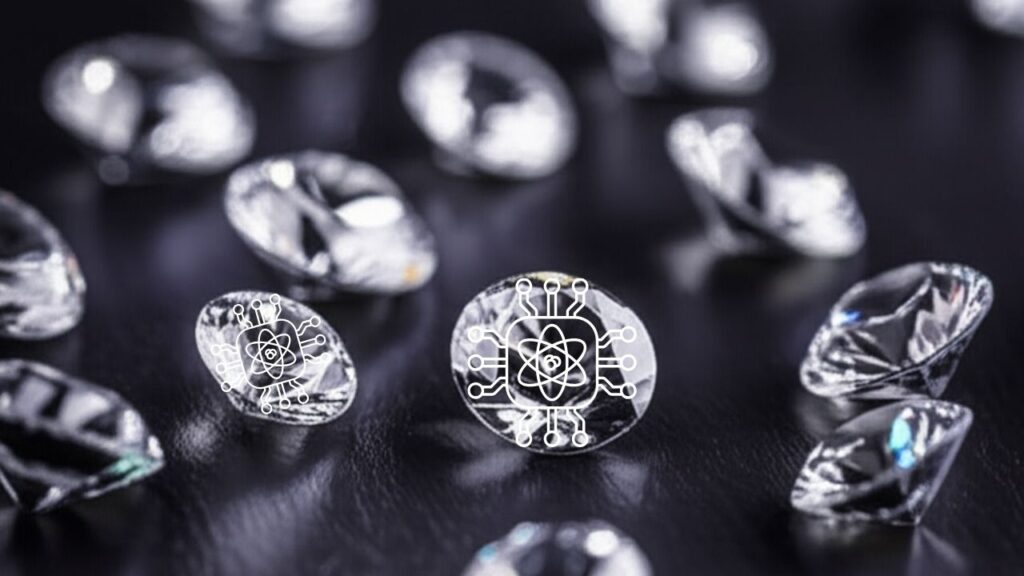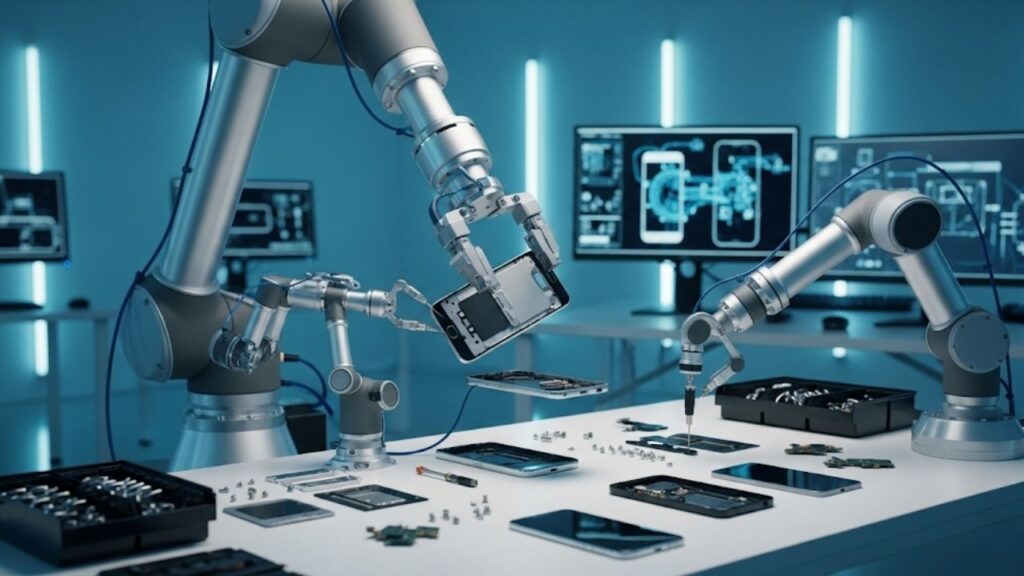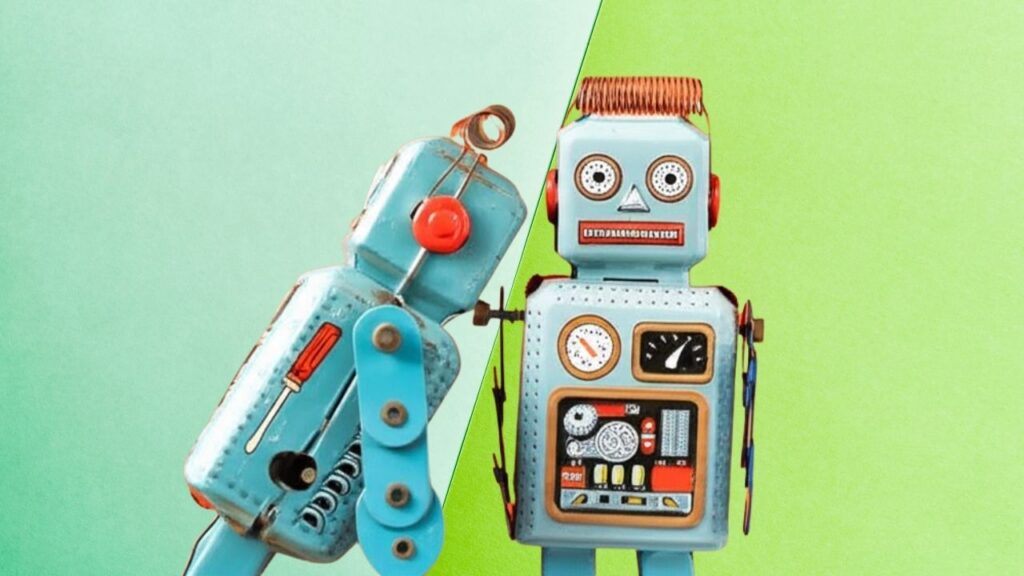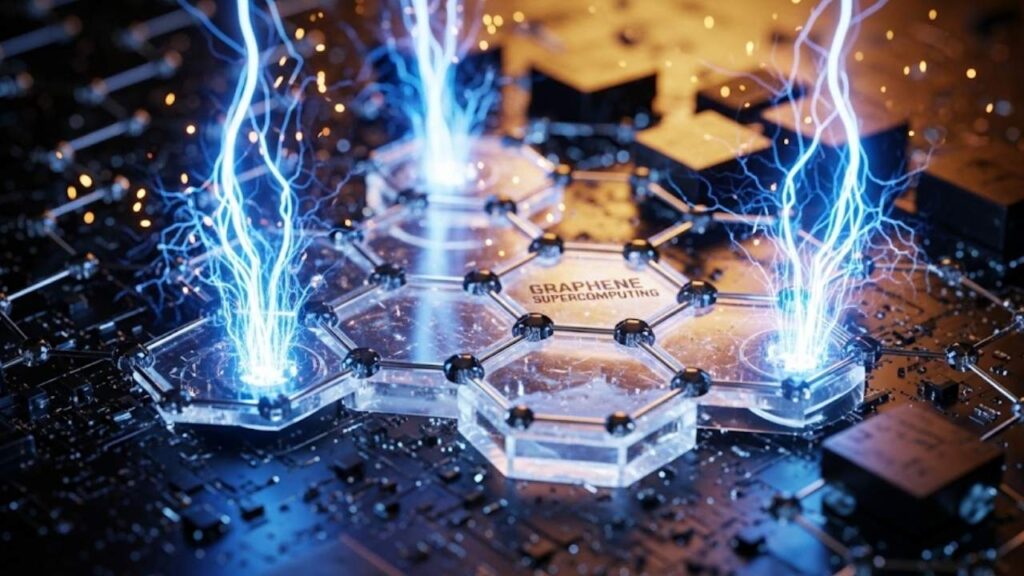Quantum theory is no longer just a subject for physicists in white lab coats—it’s changing what we can measure in our everyday world, and those changes are touching everything from your smartphone to medicine, navigation, and even how we define basic units like the kilogram. The United Nations has declared 2025 the International Year of Quantum Science and Technology, marking a century since the birth of modern quantum mechanics and highlighting just how important these advances have become.

Measurement is the foundation of science, industry, and daily life. Whether it’s timing your commute, weighing ingredients for a recipe, or using GPS to navigate, precise measurement makes modern life possible. Now, quantum physics is pushing those measurements to new extremes: faster, more accurate, and sensitive to things we could never detect before. This isn’t just about better gadgets—it’s about new medicines, safer travel, stronger cybersecurity, and even new ways to understand the universe.
In this article, we’ll break down the latest quantum measurement advances in a way that’s clear and friendly for a 10-year-old, but with enough depth and practical advice for professionals in tech, healthcare, engineering, and beyond. You’ll find real-world examples, a step-by-step guide, and answers to common questions—all structured for easy reading and maximum impact.
Table of Contents
New Quantum Theory Just Expanded What We Can Actually Measure
| Area | Advancement | Impact | Data/Stats | Career Info |
|---|---|---|---|---|
| Measurement Redefined | Kilogram defined using quantum constants (Planck’s constant), not a physical object | Ensures global consistency; enables new research and industries | Since 2019, mass defined by Planck’s constant | Metrologists, quantum engineers in demand |
| Timekeeping | Optical atomic clocks so precise they detect gravity changes over centimeters | Better GPS, space exploration, internet timing | Lose less than 1 second in 15 billion years | Time standards, navigation experts needed |
| Quantum Sensing | Quantum sensors detect tiny changes in light, magnetic fields, temperature | Medical imaging, navigation without GPS, semiconductor quality control | Quantum magnetometers navigate without satellites | Quantum sensor engineers, medical physicists |
| Measurement Speed | Space-time trade-off: more qubits for faster, accurate measurements | Faster quantum computers, better error correction, real-time data | New schemes cut measurement time | Quantum algorithm designers, error-correction specialists |
| Practical Tools | Simple, low-cost detectors achieve ultra-high precision | More industries can use quantum tech without huge budgets | Bucket detectors match expensive equipment for some tasks | R&D engineers, tech entrepreneurs |
Quantum theory is expanding what we can measure in ways that seemed impossible just a few years ago. From redefining the kilogram to building clocks that barely drift over cosmic timescales, and from medical diagnostics to navigation without GPS, quantum measurement is transforming science, industry, and daily life. These advances are not just for physicists—engineers, doctors, and tech professionals are already using quantum tools to solve real problems.
The International Year of Quantum Science and Technology 2025 marks a turning point: quantum measurement is moving from the lab to the real world, and its impact will only grow. Whether you’re a curious student, a seasoned engineer, or a business leader, now is the time to explore how quantum measurement can benefit you.
What Is Quantum Measurement, and Why Is It Different?
Quantum measurement uses the strange and wonderful rules of quantum physics—like superposition (particles being in two places at once) and entanglement (instant connections across any distance)—to measure things far more precisely than classical physics allows. In everyday life, we use rulers, scales, and clocks. But at the quantum level, particles like electrons and photons don’t behave like tiny billiard balls—they follow their own, often surprising, rules.
This isn’t just a curiosity for physicists. It’s the key to building quantum sensors, quantum computers, and quantum communication networks that can do things once thought impossible. For example, quantum sensors can spot tiny changes in magnetic fields or temperature, making them vital for medical scans or finding hidden mineral deposits. Quantum computers use qubits (quantum bits) that can, in theory, solve certain problems much faster than today’s supercomputers.
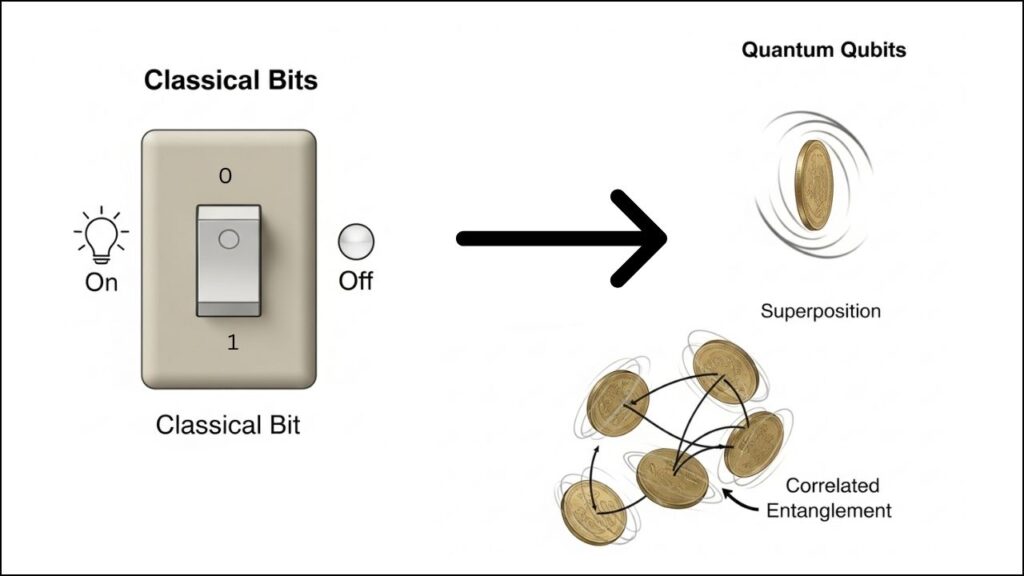
Tip for professionals: If your work involves engineering, computing, healthcare, or any field that relies on precise measurement, it’s time to learn about quantum tools. Quantum metrology—the science of quantum measurement—is becoming central to industry and research.
How Quantum Measurement Is Expanding Our Capabilities
Redefining the Kilogram: No More Physical Prototype
Until recently, the kilogram was defined by a physical object—a metal cylinder locked away in France. But since 2019, science agencies worldwide have used a universal constant from quantum physics—the Planck constant—to define the kilogram. This means anyone, anywhere, can recreate a kilogram using quantum experiments, ensuring global consistency and ending the risk of a physical object changing over time.
This is just one example of how quantum principles are rewriting the measurement rulebook. Electrical units are also now defined using quantum effects, which is crucial for everything from microchips to power grids.
Atomic Clocks and Time: Precision Beyond Imagination
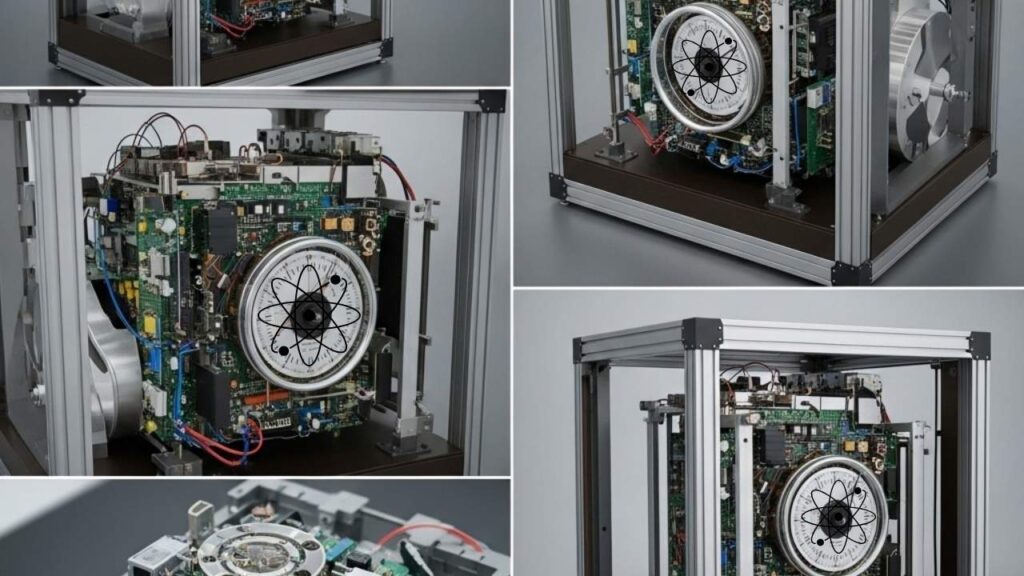
Accurate timekeeping is essential for GPS, the internet, and even banking. Since 1967, the second has been defined by the vibrations of cesium atoms. Today’s optical atomic clocks use atoms like ytterbium and keep time so precisely they’d lose less than a second in 15 billion years—longer than the universe has existed!
These clocks are so sensitive they can detect tiny changes in gravity, helping us map the Earth’s interior and test Einstein’s theory of relativity. For professionals in navigation, communications, or physics research, optical clocks are opening new frontiers.
Quantum Sensors: Detecting the Undetectable
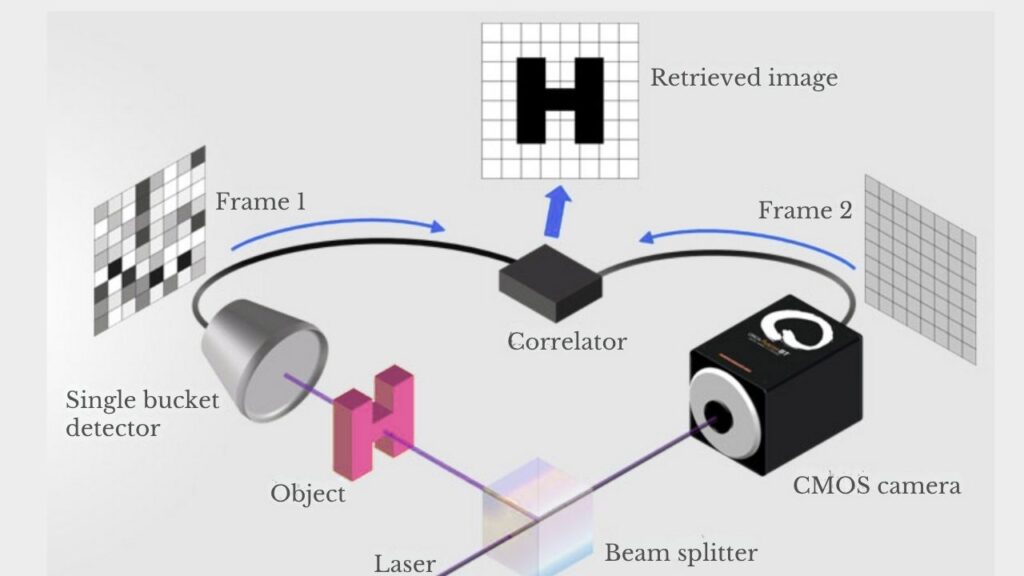
Quantum sensors use atoms or photons to measure things once considered “invisible.” For example:
- Quantum magnetometers: Detect extremely weak magnetic fields, useful for brain imaging, finding minerals, and navigating without GPS.
- Photon-based sensors: By measuring how entangled photons interfere, scientists can detect movements thousands of times smaller than a human hair—revolutionizing engineering and medicine.
- Diamond-based sensors: Tiny defects in diamonds act as quantum sensors, finding flaws in computer chips or even detecting individual molecules in the body.
In 2025, real-world quantum sensing is advancing quickly, with NASA demonstrating ultracold quantum sensors in space, quantum magnetometers enabling navigation where GPS fails, and diamond-based tools improving semiconductor manufacturing. These technologies are moving from labs to factories, hospitals, and even consumer devices.
Practical advice: If you work in healthcare, mining, or manufacturing, keep an eye out for quantum sensors entering your field. They’re becoming more affordable and user-friendly, even outside research labs.
Speeding Up Quantum Measurements: The Space-Time Trade-Off
One challenge in quantum technology is that accurate measurements often take time. But in 2025, researchers have found a way to trade space for time: by using more qubits and measuring them all at once—even briefly—the total measurement time can be reduced without losing accuracy.
This breakthrough is vital for quantum computing and quantum error correction, where fast, precise measurements are essential. As the global race to build practical quantum computers heats up, this “space-time trade-off” could become a standard part of the quantum read-out process.
Tip for professionals: Understanding these new measurement schemes can give you an edge in quantum hardware design, algorithm development, or data analysis.
Simple Tools, Big Impact
Not every quantum advance needs a billion-dollar lab. Researchers have shown that inexpensive “bucket detectors”—simple devices that count photons—can sometimes match the precision of far more complex equipment for certain tasks. This means high-precision quantum measurement is becoming accessible to smaller companies, schools, and even hobbyists.
Example: A university lab can use a bucket detector to study materials at the nanoscale without needing expensive, custom-built machines. This democratization of quantum tech is accelerating innovation everywhere.
Step-by-Step: How Quantum Measurement Works (and Why It Matters)
Let’s break down how these advances are changing science and technology, step by step:
- Choose what to measure: Decide if you need to measure time, mass, magnetic fields, temperature, or something else.
- Select the quantum tool: Use an atomic clock for time, a Kibble balance for mass, or a quantum sensor for magnetic fields or tiny movements.
- Prepare the quantum system: Cool atoms, entangle photons, or use special materials (like diamonds with defects) to get into a quantum state.
- Interact and measure: Let the system interact with what you’re measuring—a magnetic field might change how atoms behave, or a tiny movement might shift how photons interfere.
- Read the result: Use detectors (sometimes simple, sometimes complex) to see what happened. The result will be more precise than anything classical physics can offer.
- Apply the knowledge: Use the measurement to improve technology, make new discoveries, or solve real-world problems—like making better medicines, finding resources, or securing communications.
Key takeaway: Quantum measurement isn’t magic—it’s a set of tools and techniques that use the unique rules of the quantum world to give us better data. And these tools are becoming easier to use and more widespread.
Real-World Applications and Industries Transformed
Navigation and GPS
Quantum sensors can work where GPS signals can’t—underwater, underground, or in space. This is a game-changer for submarines, mining, and future space missions. Real-time, AI-driven quantum navigation systems are already being tested for use in environments where traditional GPS fails.
Healthcare and Medicine
Quantum simulations are helping design new drugs and personalized medicines faster than ever before. In the medical industry, quantum metrology enables better imaging and diagnostics, and quantum chemistry is supporting the development of new vaccines and drugs. Quantum algorithms are also being used to identify accurate biomarkers in biological data, paving the way for breakthroughs in personalized medicine.
Semiconductors and Electronics
Quantum sensors can spot defects in computer chips at the atomic level, improving quality and reliability. This is vital as chips get smaller and more complex. Diamond-based quantum microscopy tools are already being used for semiconductor failure analysis in industry.
Climate Science and Energy
Quantum computers might one day model Earth’s climate with unprecedented detail, helping us predict and prepare for climate change. Quantum simulations could also accelerate material discovery for renewable energy technologies.
Cybersecurity
Quantum technology could break current encryption—but also create new, unbreakable codes. Businesses and governments are racing to prepare for this shift, investing in post-quantum cryptography to protect data in the quantum age.
New Discovery in Atomic Physics Could Unlock Powerful Quantum Behaviors in Ultra-Cold Matter
Time May Not Be What We Think—Quantum-Scale Study Challenges Fundamental Physics
Physicists Recreate Extreme Quantum Vacuum Conditions in the Lab — A New Era for Particle Physics
FAQs About New Quantum Theory Just Expanded What We Can Actually Measure
Q: Is quantum measurement only for scientists?
A: Not anymore! While the underlying science is complex, the tools are becoming more user-friendly—and some, like simple photon detectors, are already used outside labs. Professionals in healthcare, engineering, and finance are starting to use quantum-powered devices.
Q: How accurate are quantum measurements compared to classical ones?
A: Quantum measurements can be millions of times more precise. Optical atomic clocks, for example, are so accurate they’d lose less than a second in 15 billion years.
Q: Are quantum sensors expensive?
A: Some are, but others—like certain photon detectors—are surprisingly affordable and accessible. Costs are dropping as the technology matures.
Q: How does quantum measurement affect my smartphone or internet?
A: Quantum-based timekeeping ensures your GPS and internet timing are accurate. In the future, quantum communication could make the internet much more secure.
Q: Is my job at risk because of quantum technology?
A: Quantum tech is more likely to create new opportunities than replace jobs. Learning about these tools now can give you a career advantage.

